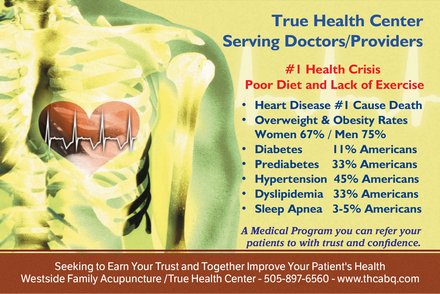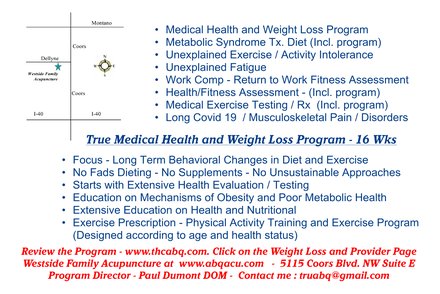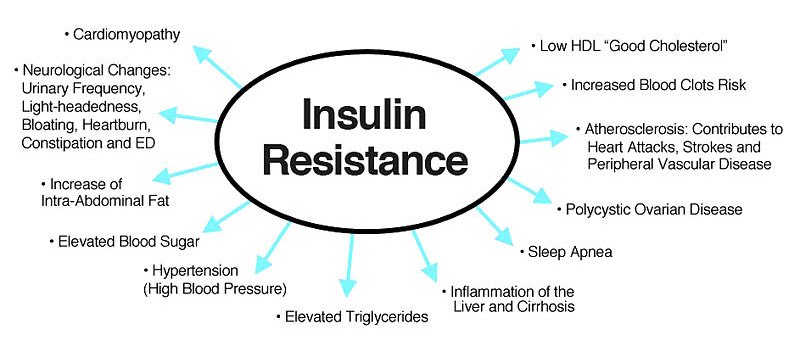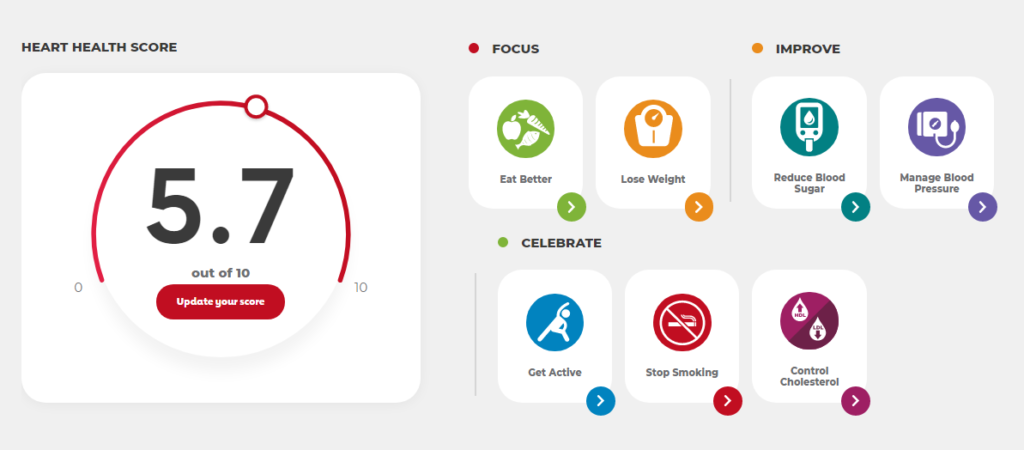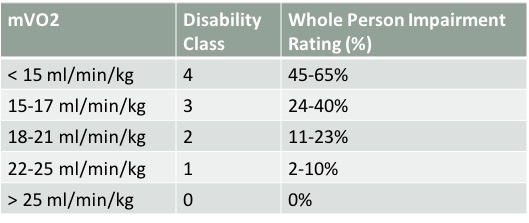For Physicians / Providers
Assess the Program Yourself: 5 minute Videos Explaining the Program’s Medical Paradigm and Patient Application
The 5 Minute Overview
of Our Program
Example of a Health Report
Patient Testimonies
Patient Case Results
The American Heart Association Scientific Statement 2016
All Ages - Almost All Conditions
New Paradigm of Insulin Resistance (Hyperinsuliemia)
Dr. Kraft and Hyperinsulinemia
All Ages - Almost All Conditions

Research and Studies
Cardiovascular and Hormonal Aspects of Very Low Carbohydrate Ketogenic Diets
A Ketogenic Diet Favorably Affects Serum Biomarkers for Cardiovascular
Long-term effects of a ketogenic diet in obese patients
Coronary Calcium Score and Cardiovascular Risk
Understanding and Diagnosing Hyperinsulinemia Catherine Crofts Thesis 2015 AUT University
Hyperinsulinemia A unifying theory of chronic disease
Waging war on modern chronic diseases_ Primary Prevention through Exercise Biology
How Western Diet And Lifestyle Drive The Pandemic Of Obesity And Civilization Diseases
Association between insulin resistance and the development of cardiovascular disease
Added sugars drive coronary heart disease via insulin resistance and hyperinsulinaemia – A New Paradigm
Hyperinsulinemia Enhances Hepatic Expression of the Fatty Acid Transporter Cd36 and Provokes Hepatosteatosis and Hepatic Insulin Resistance
At present, westernized populations are plagued by a plethora of chronic degenerative diseases, including obesity, T2DM, atherosclerosis, coronary heart disease, stroke, autoimmune diseases, essential hypertension, cancer, osteoporosis and other more, and the number of these diseases is also rapidly increasing in developing countries.1–3 In striking contrast, obesity and civilization diseases are rare or virtually absent in hunter-gatherer (HG) and other non-westernized populations. Also, low serum insulin levels and persistently excellent insulin sensitivity are characteristic of HG, but only as long as these people adhere to their traditional “paleolithic” diets.2,4–7 Otherwise, transition to a “Western diet” (WD, as defined below) invariably leads to a dramatic increase in insulin resistance (IR) (defined here as an impaired ability of the hormone to suppress hepatic glucose output and to promote peripheral glucose disposal) and hyperinsulinemia as well as obesity, T2DM, hypertension, cancer and other more.
In conclusion, insulin resistance and hyperinsulinemia are present very early in the course of renal disease, even when GFR values are still within the normal range. These observations may have potential implications for the management of renal patients. The link between insulin resistance, cardiovascular risk factors and cardiac mortality has been documented in patients with the metabolic syndrome. It is reasonable to assume that in renal failure, another example of insulin resistance, a similar link exists.
Diabetes currently affects more 350 million people worldwide, more than 100 million people are at risk of Diabetic Nephropathy, and approximately 30% of these are likely to progress to end stage renal failure despite therapy
Physical inactivity increases the relative risk of coronary artery disease, stroke, hypertension, and osteoporosis by 45%, 60%, 30%, and 59%, respectively. Epidemiologic data suggest that physical inactivity is associated with an increased risk of 25 chronic diseases. Because approximately 90% of American adults do not meet current physical activity guidelines, deaths attributable to physical inactivity may soon exceed those attributed to cigarette smoking. For these reasons, physical inactivity is increasingly recognized as a major public health problem. JAMA
If you are ordering the CPET to determine disability, then there are gradations of disability that are used in the AMA’s Guides To The Evaluation Of Impairment that are often accepted by disability granting agencies. Disability can be stratified by disability class or by the percentage of the whole person that is impaired based on the mVO2.

